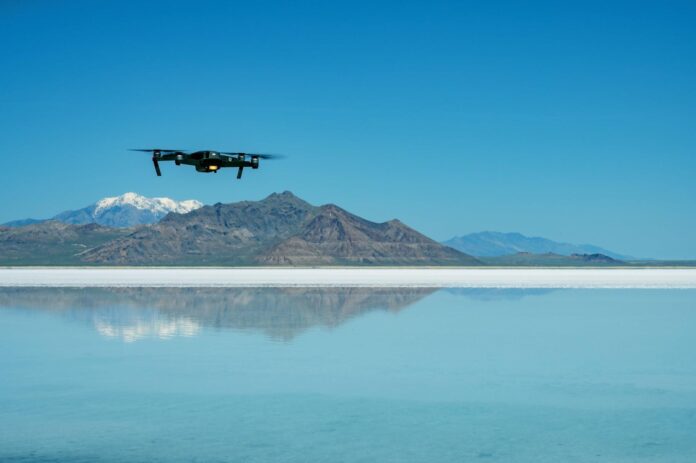Drones have risen in popularity among enthusiasts, photographers, and various industries. Naturally, many are curious about their limits, especially in terms of altitude, and many people want to know how high can drones fly.
Getting into this topic reveals a mix of technological, environmental, and legal constraints that all drone users must be aware of. In this guide, we will navigate the complexities of drone flying, shedding light on the various factors determining their peak flight capabilities.
What is a Drone, and How Do They Work?
Drones, commonly called unmanned aerial vehicles (UAVs), are flyable devices that function without a human pilot onboard. They can be managed through onboard computers or steered remotely by a controller on the ground or even another vehicle. Given their adaptability, drones have become popular for various reasons.
Here’s a quick overview of the different drone types and their specialized functions:
- Multirotor Drones: Predominantly favored by enthusiasts and photography professionals, these drones – quadcopters, hexacopters, and octocopters – are designed for vertical take-offs and landings. Their ability to hover steadily makes them perfect for capturing aerial photographs and videos.
- Fixed-Wing Drones: With a design resembling conventional airplanes, these drones can travel large distances and remain airborne for longer spans. This makes them apt for activities like aerial mapping and terrain surveying.
- Single Rotor Drones: Bearing a likeness to compact helicopters, these drones can carry substantial payloads and find their place predominantly in professional environments.
- Hybrid Drones: Merging the traits of fixed-wing and multirotor drones, hybrid drones offer diverse flight capabilities. They can launch vertically and shift to horizontal flight, making them multifaceted for numerous tasks.
Drones are more than just sophisticated toys. They’ve been transformative in various sectors, with uses such as:
- Photography & Filmmaking: Drones have revolutionized capturing visuals, enabling once-challenging shots. They’ve become a staple in film production, real estate showcases, and event photography.
- Package Delivery: Big players like Amazon are piloting drone delivery, which might lead to faster deliveries with minimal human intervention.
- Agricultural Enhancement: From monitoring crops to dispensing fertilizers, drones are transforming agriculture with their capabilities.
- Land Survey & Construction: Their capacity to swiftly capture detailed imagery of vast regions makes drones invaluable for land assessment, topographical map creation, and pre-construction groundwork.
- Emergency Responses: In high-risk zones or disaster-hit areas, drones are crucial in search and rescue, damage analysis, and relief distribution.
Factors Affecting Drone Flight Altitude
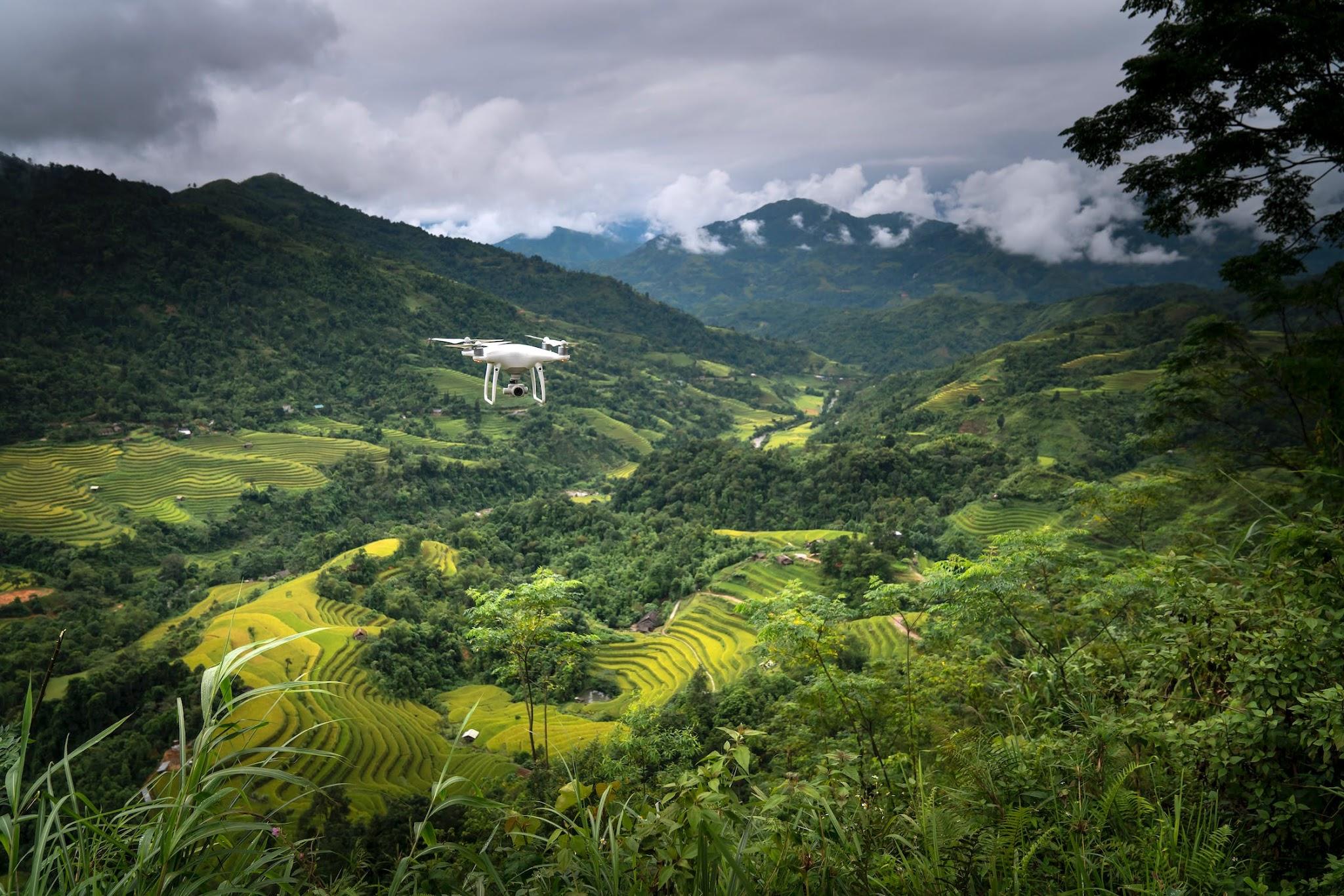
Several factors come into play when determining how high a drone can fly. These can be broadly categorized into technical aspects and environmental factors. Understanding these elements can help maximize your drone’s altitude while ensuring safe and efficient operation.
Technical Aspects
Propulsion
The propulsion system of a drone, which includes its motors and propellers, plays a crucial role in determining its maximum altitude. The motors’ power and the propellers’ design can affect the drone’s ability to generate lift. Generally, more powerful motors and efficiently designed propellers allow a drone to reach higher altitudes.
Weight
The weight of a drone is another critical factor. Heavier drones require more power to lift off the ground and climb higher altitudes. Therefore, drones with lighter frames and components can generally fly higher. A drone’s payload, such as cameras or sensors, adds weight and can impact its maximum altitude.
Battery Life
A drone’s battery life doesn’t directly affect its maximum altitude but limits how long it can stay in the air. Ascending to great heights consumes more power, which can deplete the battery faster. Therefore, if you plan to fly your drone at high altitudes, ensure it has enough battery life to return safely.
Environmental Factors
Weather Conditions
Adverse weather conditions like rain, snow, or fog can impact a drone’s performance and limit its flight altitude. Moisture from rain or snow can damage electronic components, while fog can reduce visibility and make navigation challenging.
Wind Speed
Wind patterns greatly influence drones. High wind speeds can hinder a drone’s ability to rise and remain steady. Before flying your drone, assessing the wind situation is crucial.
Air Pressure
As drones climb, they face changing air pressure. This reduced pressure affects a drone’s efficiency, mainly because it lessens the lift from its propellers. Some drones might find it challenging to stay in flight and stable at exceedingly elevated heights.
Legal Restrictions on Drone Flight Altitude
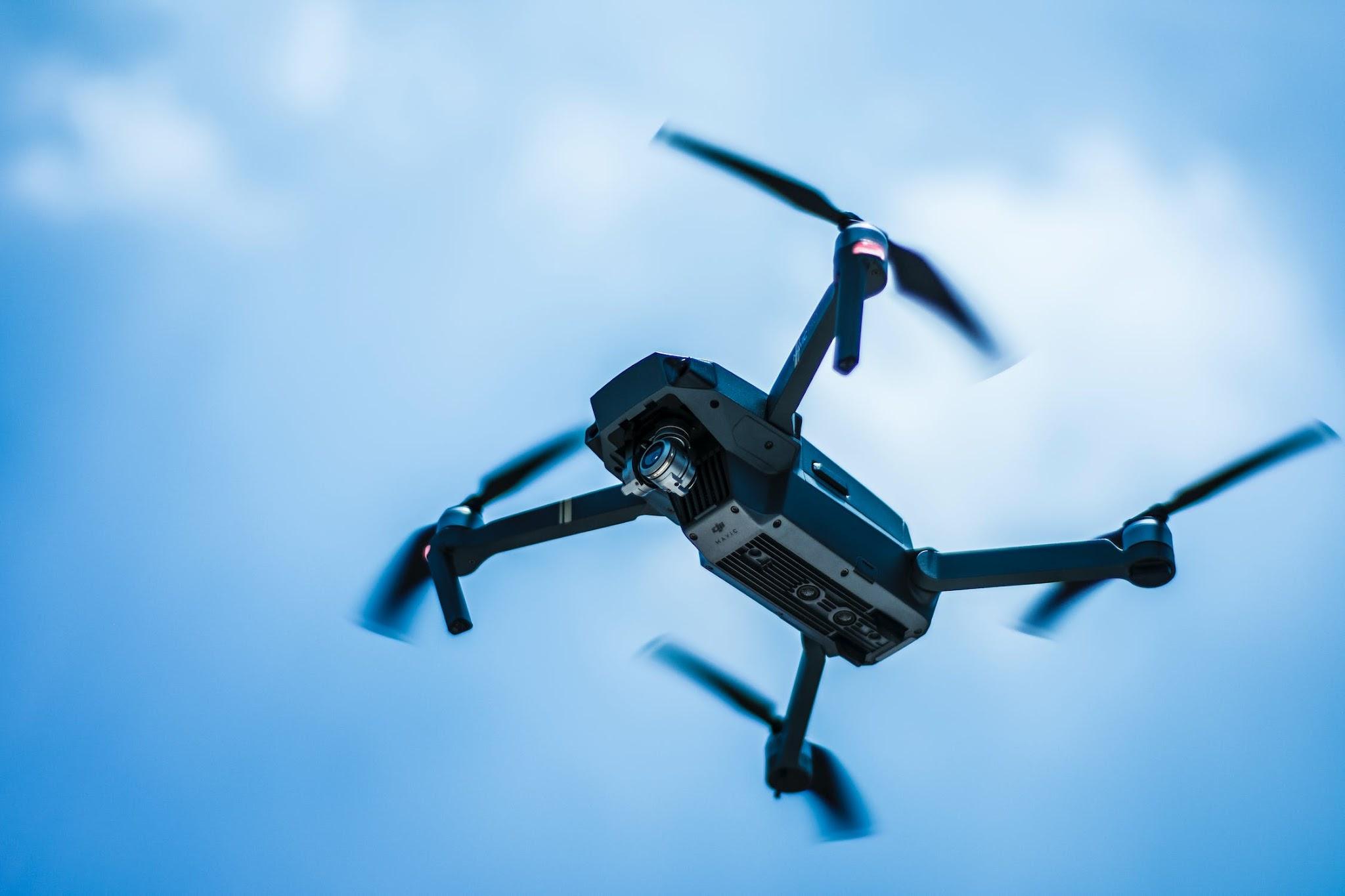

Beyond the environmental and technical challenges, legal ceilings often dictate the uppermost limit for drone flight. These regulations exist to safeguard the airspace for all, ensuring the safety of airplanes and anyone on the ground.
FAA Regulations in the United States
In the U.S., the Federal Aviation Administration (FAA) oversees drone operations. The standard rule is a 400-foot altitude cap, but if a drone is within 400 feet of a tall structure, it can rise to 400 feet above it.
Also, drones should remain in the operator’s visual range, steer clear of other flying objects, avoid hovering above crowds, and not venture into specified zones like airports without requisite permissions.
International Laws and Regulations
Globally, each nation has its own set of drone rules. For instance, Canada and Australia set their altitude limit at 400 feet and 120 meters, respectively.
In contrast, the UK has a similar cap at around 394 feet (or 120 meters). Drone enthusiasts should acquaint themselves with regional guidelines when flying in different nations, as rules can differ considerably. Consulting the local aviation body’s official site can provide the latest details.
Penalties for Violations
Overstepping drone regulations can lead to hefty repercussions. In the U.S., the FAA might levy fines reaching $27,500 for regular breaches and as high as $250,000 for severe violations, potentially coupled with imprisonment.
Actual Heights Drones Can Fly
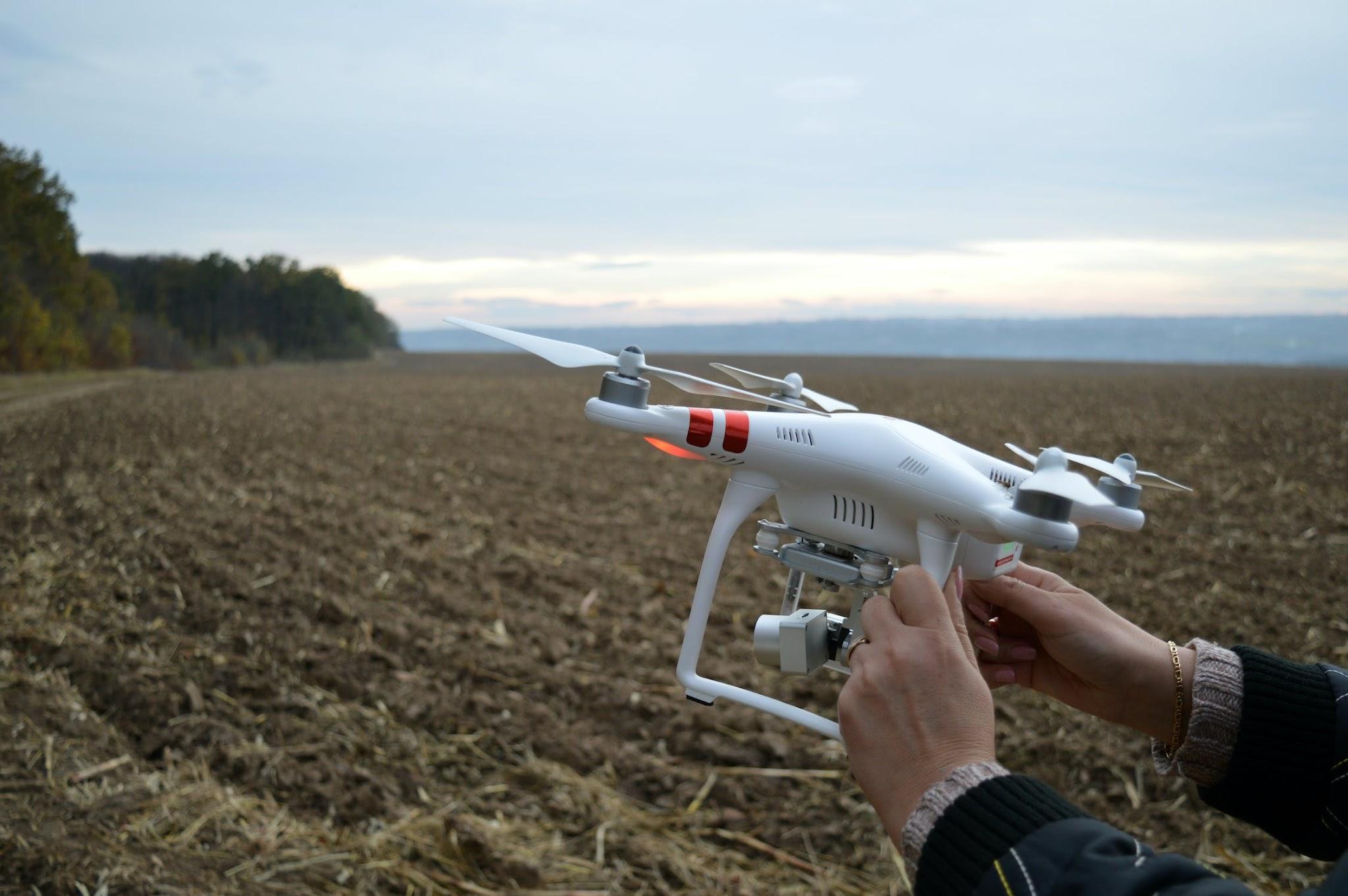

While legal restrictions often limit drone flight altitude to 400 feet, drones’ actual capabilities can be much higher. However, flying a drone beyond these limits can pose significant safety risks and legal consequences.
Commercial Drone Altitude Capabilities
Due to legal constraints, most commercial drones have built-in limits preventing them from flying over 400 feet. Some models can adjust these limits, but doing so is strongly discouraged due to safety reasons and regulatory compliance.
However, some drones are designed for high-altitude operations. For instance, certain DJI drones can reach altitudes of 4,000 to 6,000 meters (approximately 13,123 to 19,685 feet), particularly in areas like mountains where the ground level is already elevated.
Record-Breaking Drone Altitudes
While consumer drones are generally limited to lower altitudes, some have been designed to reach astounding heights. The highest recorded flight by a commercial drone is a bit more than 22,000 feet. However, such feats should not be attempted without proper authorization and safety measures.
Limitations and Safety Concerns
Drones have altitude limitations primarily to prevent collisions with manned aircraft, which often fly above 400 feet. Moreover, as drones climb, they encounter reduced air pressure, which can compromise their efficiency and steadiness.
Elevated drone flights come with heightened safety hazards. For instance, should a drone face technical issues or deplete its battery at excessive heights, it might fall from the sky, posing a threat to individuals below or damaging property.
Why Drone Altitude Matters
Drone altitude is not just about how high a drone can fly – it significantly impacts the drone’s functionality and the quality of its output. From photography to search and rescue operations and even surveillance, drone altitude is crucial in various areas.
Impact on Drone Photography and Videography
In drone photography and videography, altitude determines the perspective from which images and videos are captured. A higher altitude provides a broader landscape view, perfect for grabbing stunning aerial shots or panoramic views.
Conversely, lower altitudes can offer close-up, detailed shots, which can be ideal for inspecting structures or observing wildlife without disturbing them. Adjusting the drone’s altitude allows photographers and videographers to capture diverse visuals, enhancing their creative possibilities.
Importance in Search and Rescue Operations
Drone altitude is equally crucial in search and rescue operations. In scenarios where people are lost or stranded in rugged terrain, drones can be flown at higher altitudes to cover large areas quickly and efficiently.
High-altitude flights can provide a comprehensive overview of the area, helping rescue teams to strategize their operations. On the other hand, lower altitude flights are essential for a closer look at specific locations, helping to locate individuals or identify possible dangers.
Significance in Surveillance and Security
In surveillance and security operations, the altitude at which a drone flies can significantly affect its effectiveness. Higher altitudes allow drones to monitor large areas, making them practical for perimeter security or crowd monitoring.
However, flying at a lower altitude enables the drone to provide detailed imagery, which helps identify individuals or inspect suspicious activity. Altitude also plays a role in the drone’s visibility and audibility, which can be crucial factors in covert surveillance operations.
How to Safely Maximize Your Drone’s Altitude
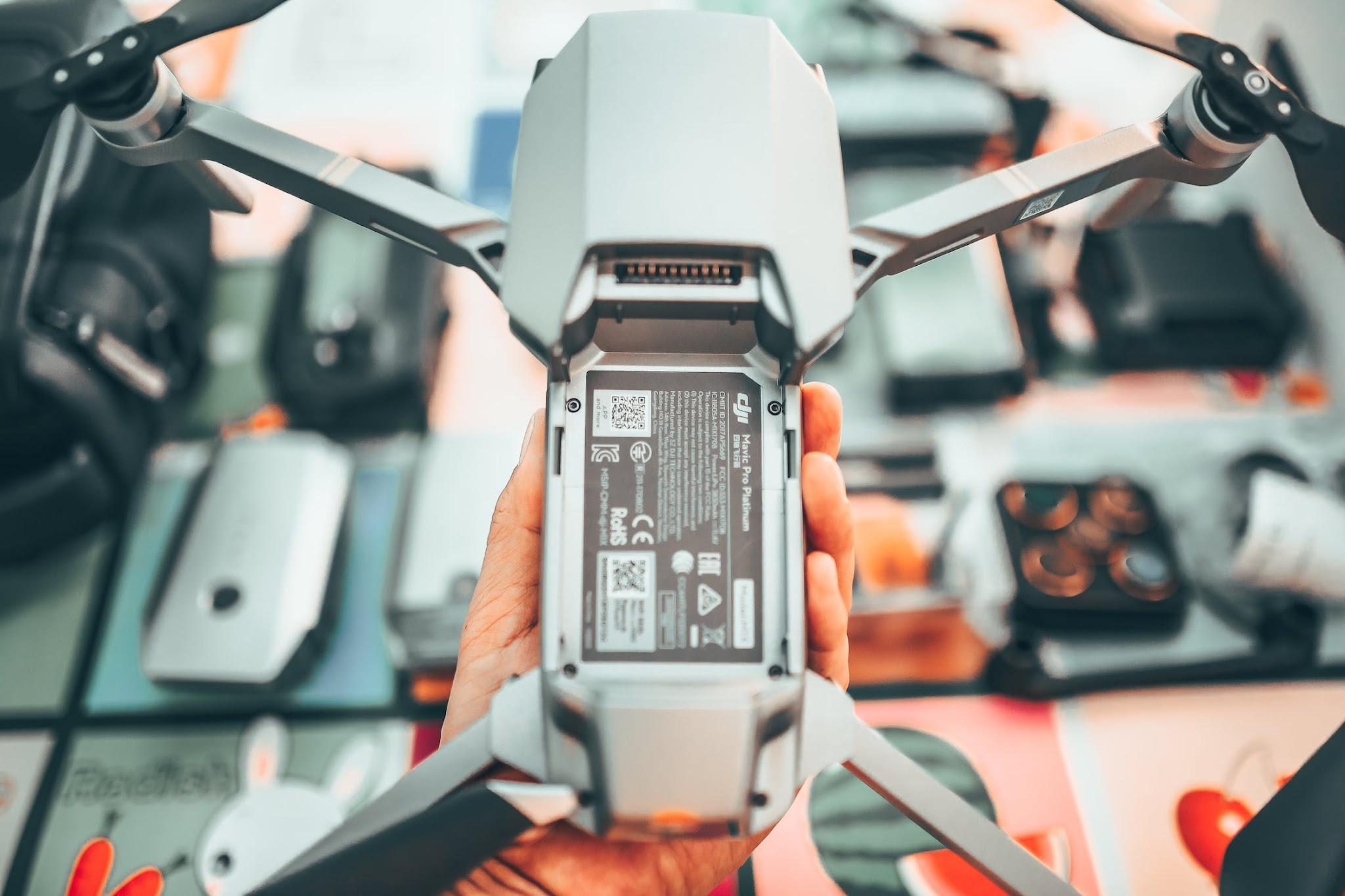

Flying your drone to its maximum altitude can offer unique perspectives and opportunities, but it also comes with risks. To ensure you’re maximizing your drone’s altitude safely, consider the following guidelines:
Proper Drone Maintenance and Preparation
Consistent drone maintenance ensures safe flights, especially at elevated heights. Before each flight:
- Inspect the propellers, motors, and batteries for any wear or potential damage.
- Confirm that the firmware is current and all systems operate smoothly.
- Battery longevity is vital, especially for higher flights. The more elevated your drone is, the more energy it consumes, leading to a faster battery drain. It’s a best practice to start with a battery at full capacity and monitor its status during the flight.
Choosing the Right Drone for High-Altitude Flight
Drones vary in design and performance. If you’re targeting high-altitude flights:
- Opt for drones with robust motors and larger propellers. These specifications assist in counteracting the challenges posed by thinner air at higher elevations, ensuring a smooth flight.
- A high-quality GPS in a drone is a plus, aiding in precise positioning during elevated flights.
Expert Tips and Tricks
When flying at high altitudes, keep these expert tips in mind:
- Gradual Ascent: Don’t rush to reach the maximum altitude. A gradual ascent will help prevent potential issues like motor overheating or sudden power loss.
- Weather Conditions: Your drone’s performance is significantly influenced by the weather. Avoiding flights during gusty winds or when visibility is compromised, especially at greater heights, is prudent.
- Stay Within Line of Sight: While modern drones can often fly beyond what you can see, maintaining visual contact is vital to ensure optimal control.
- Respect Airspace Regulations: Familiarize yourself with and strictly follow local aviation rules. Steer clear of no-fly zones or other restricted airspace.
Adopting these safety measures and best practices enhances the likelihood of a successful high-altitude drone flight. Safety, above all, should guide your drone operations.
Start Enjoying Your Drone’s Full Capabilities
Regardless of your drone model, you can do much to elevate your flight experience. Just because a drone can fly to great heights doesn’t always mean you should push the limits. Being cognizant of potential hazards and adhering to safety measures ensures you responsibly make the most of your drone’s capabilities.

